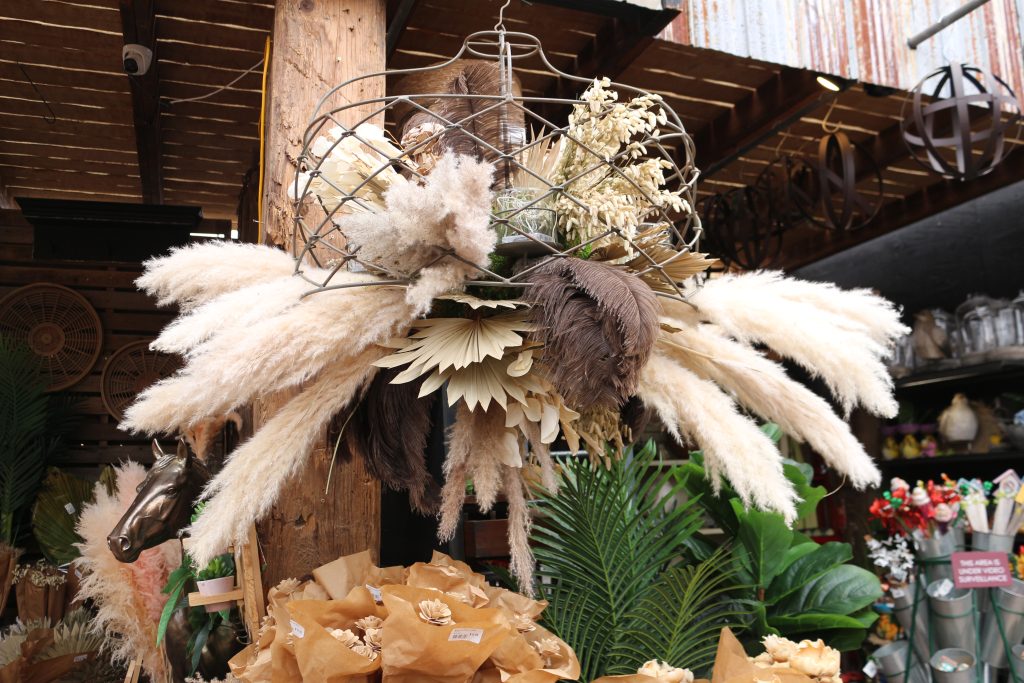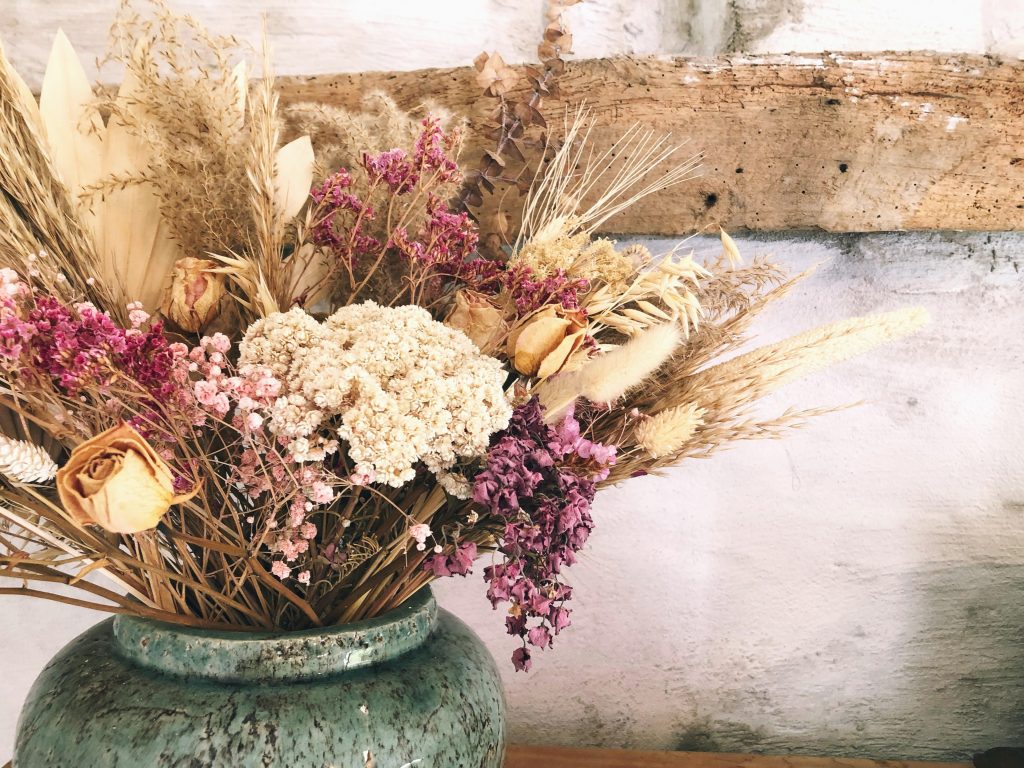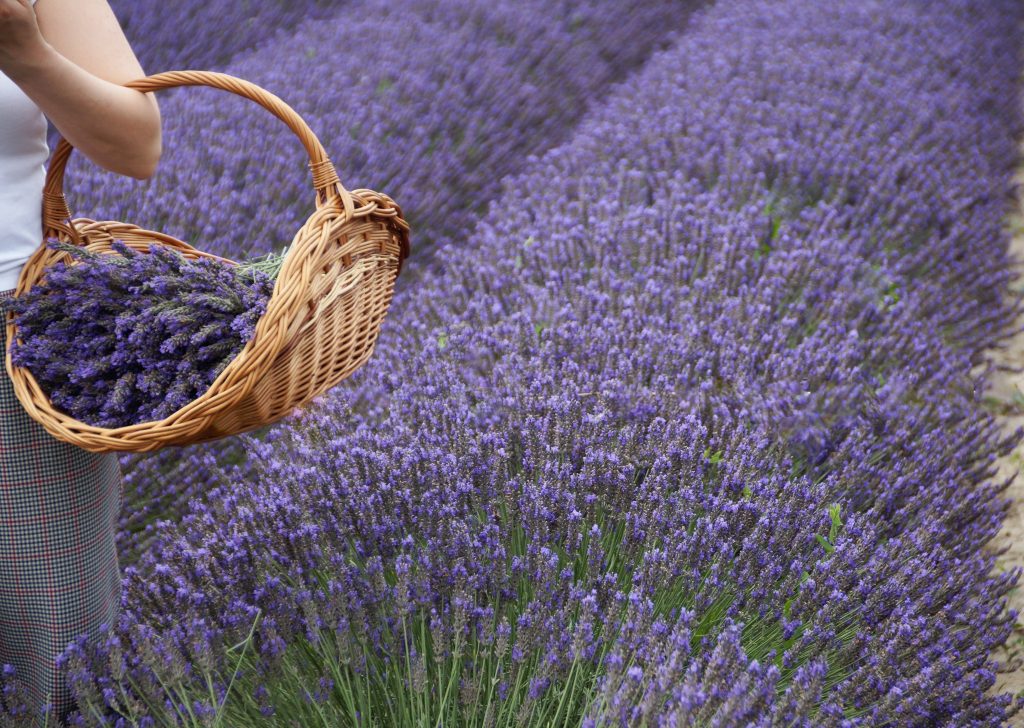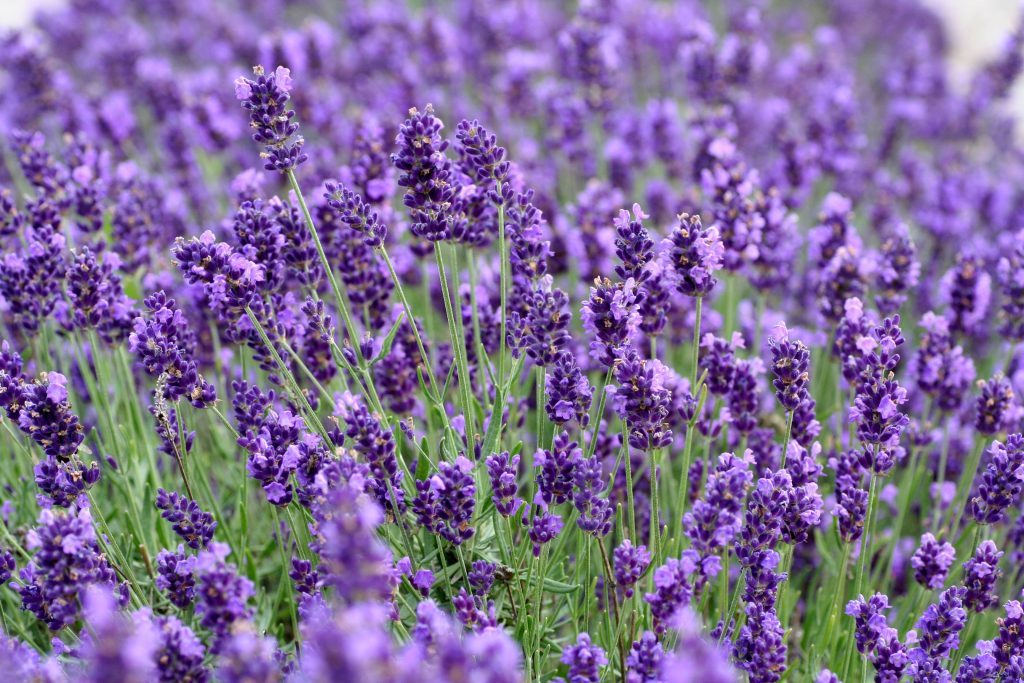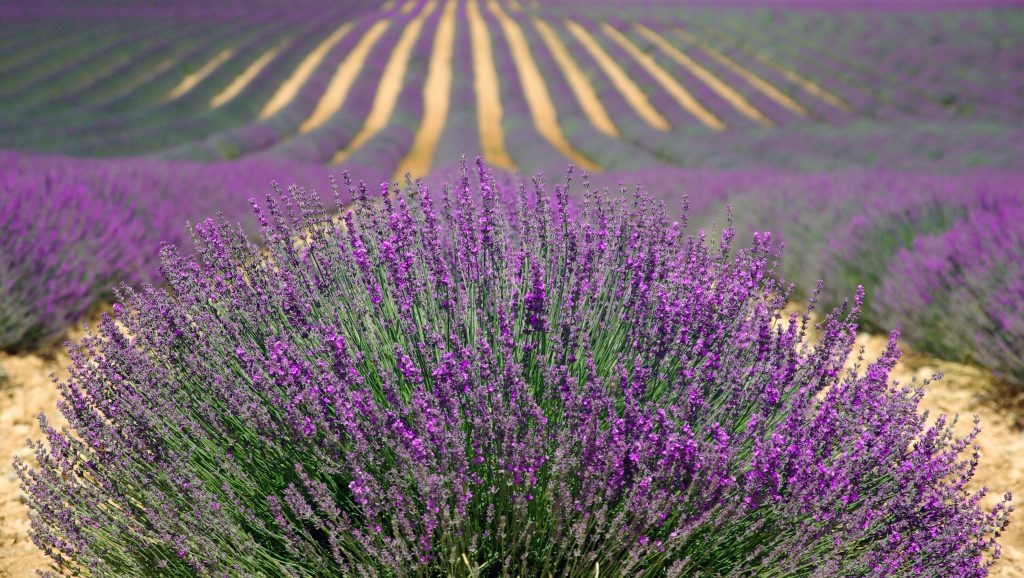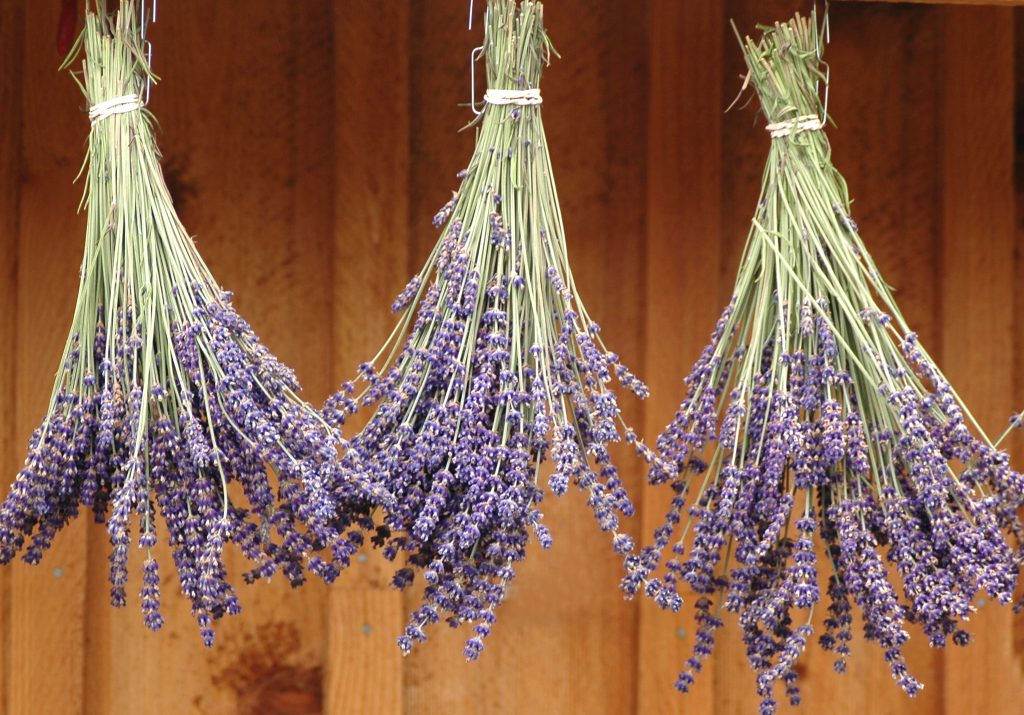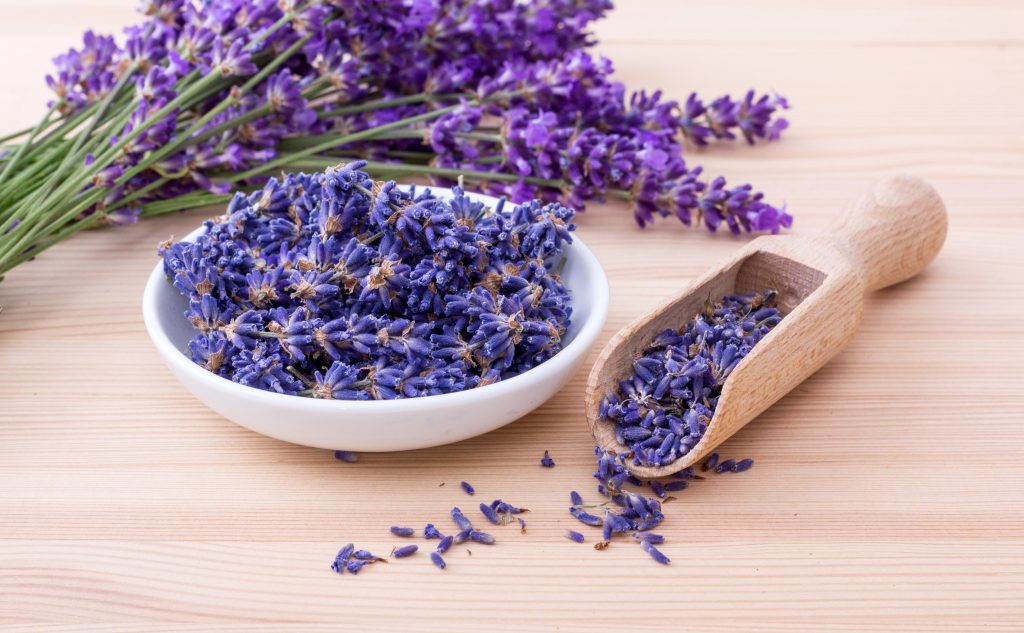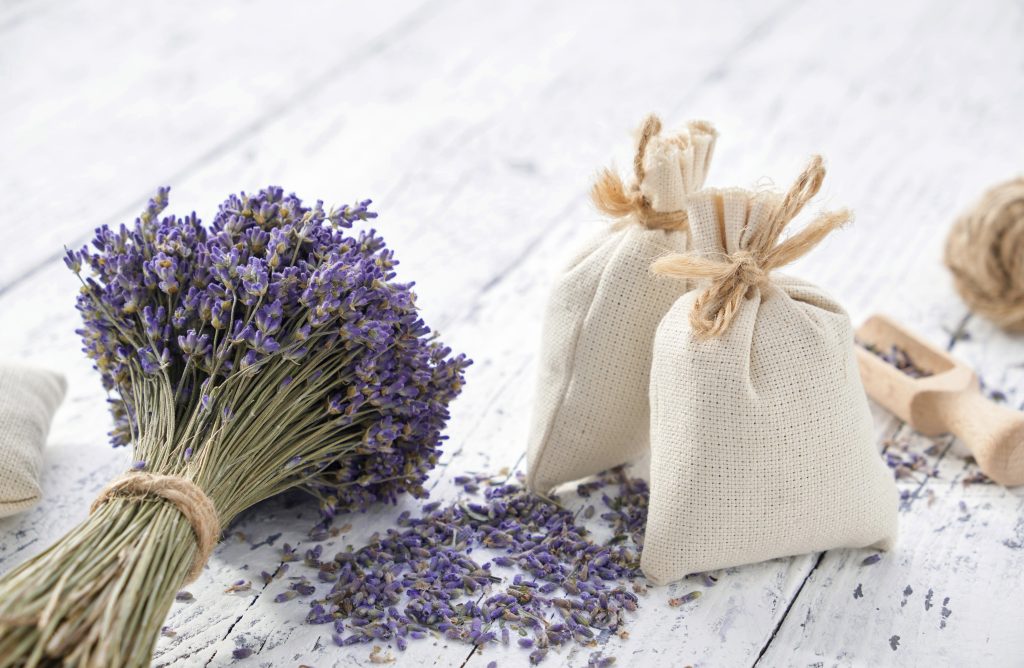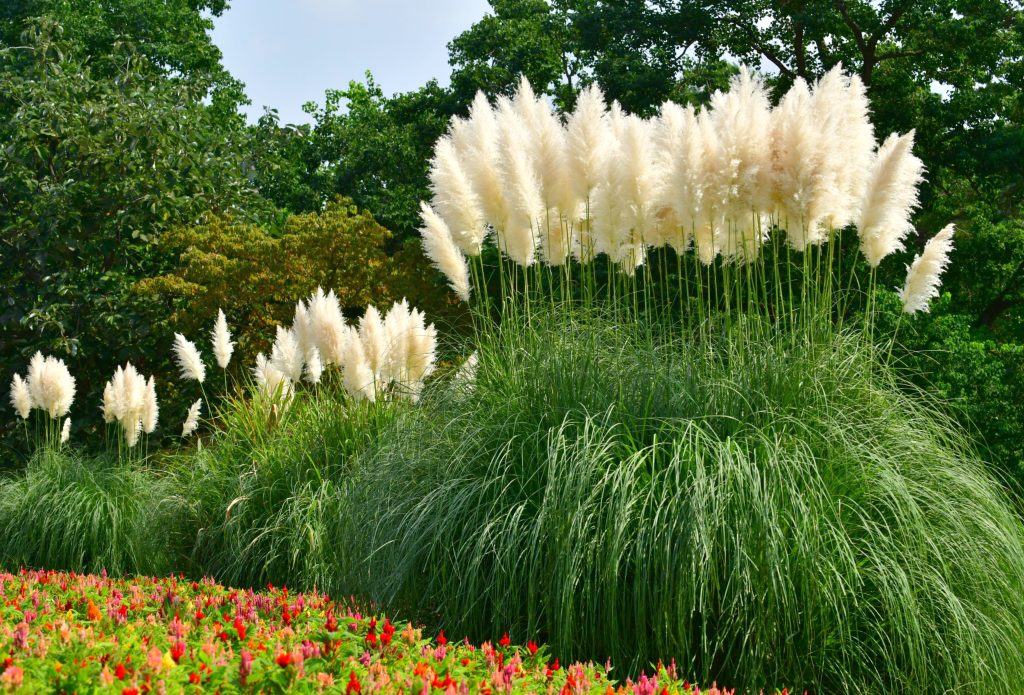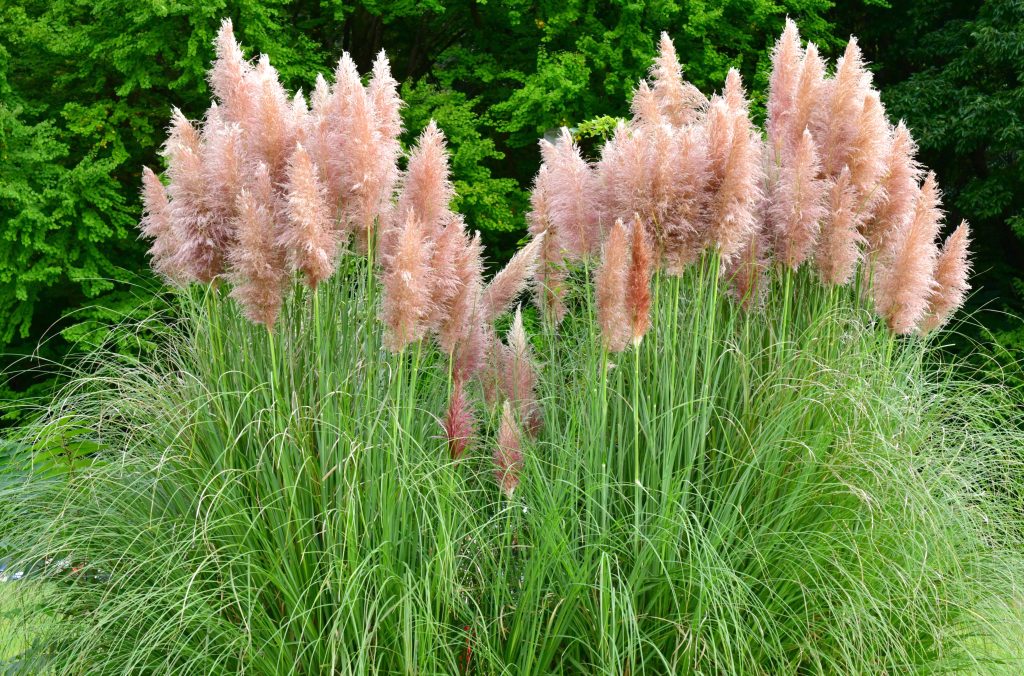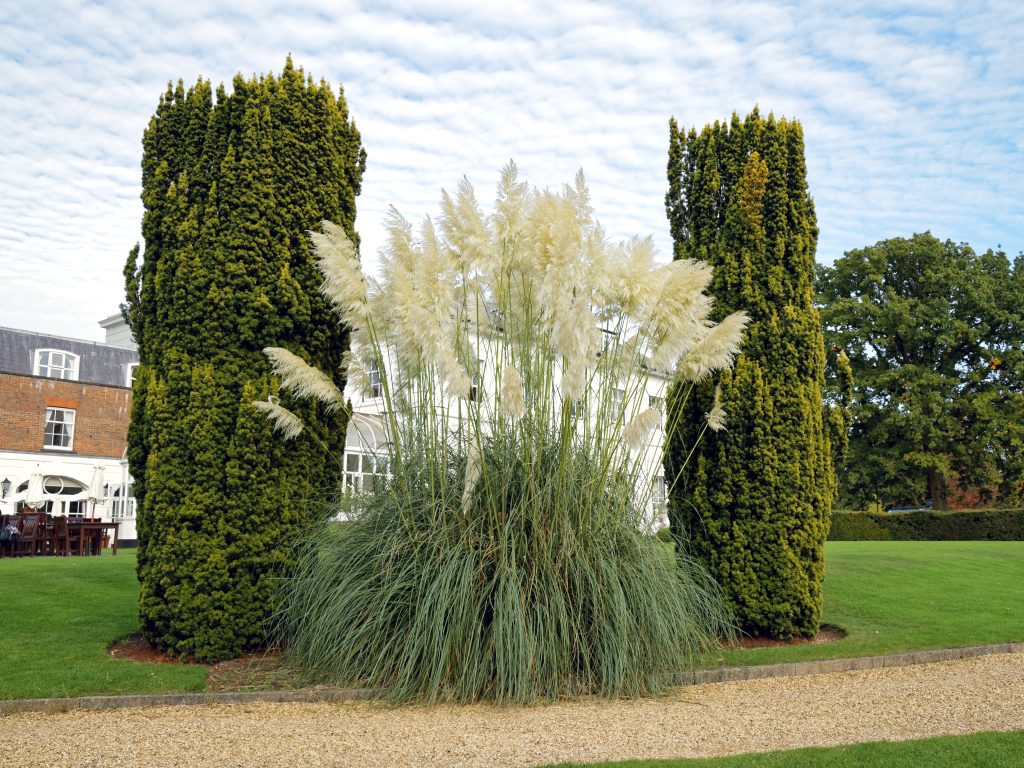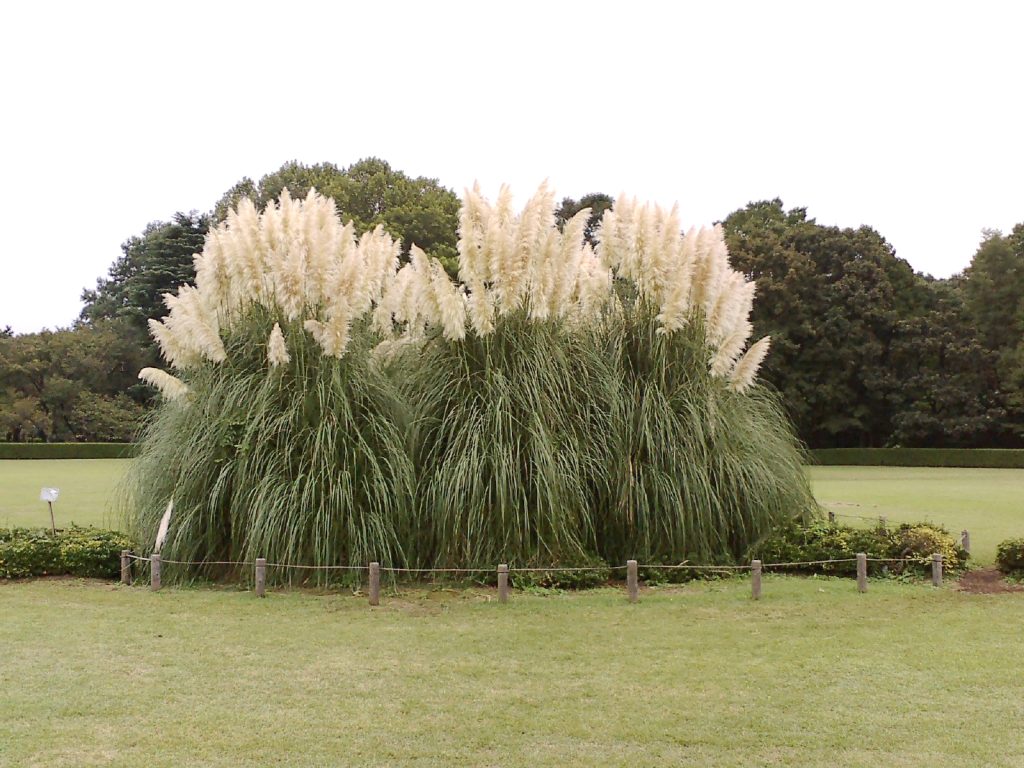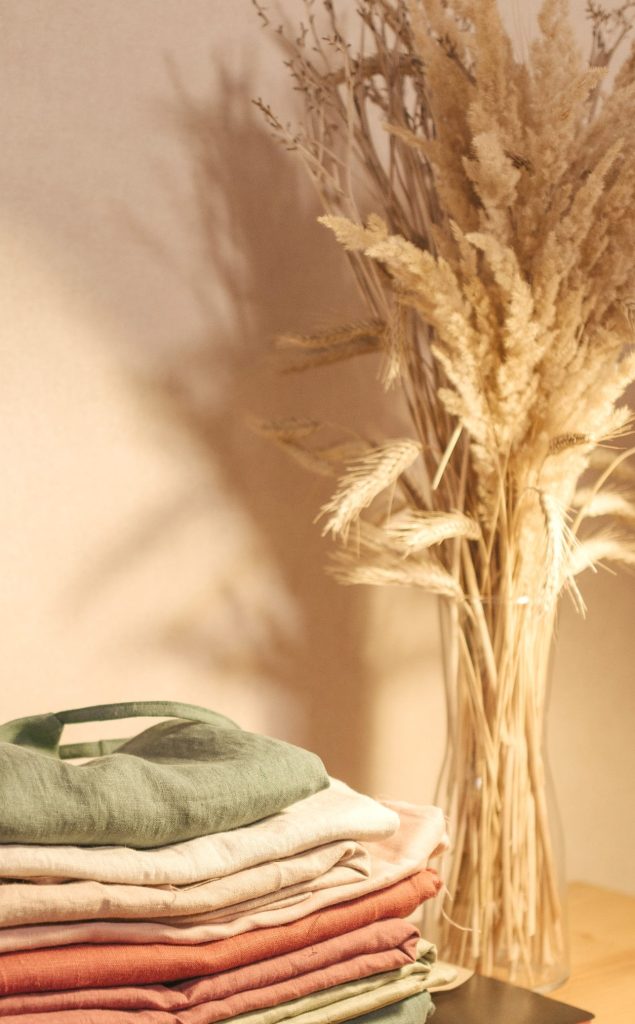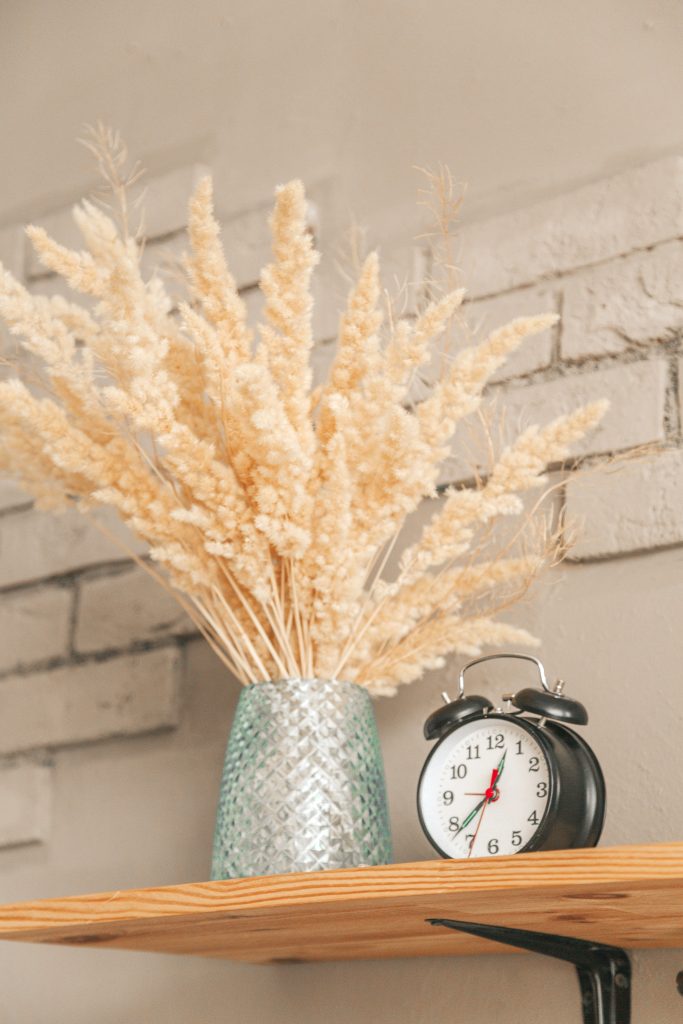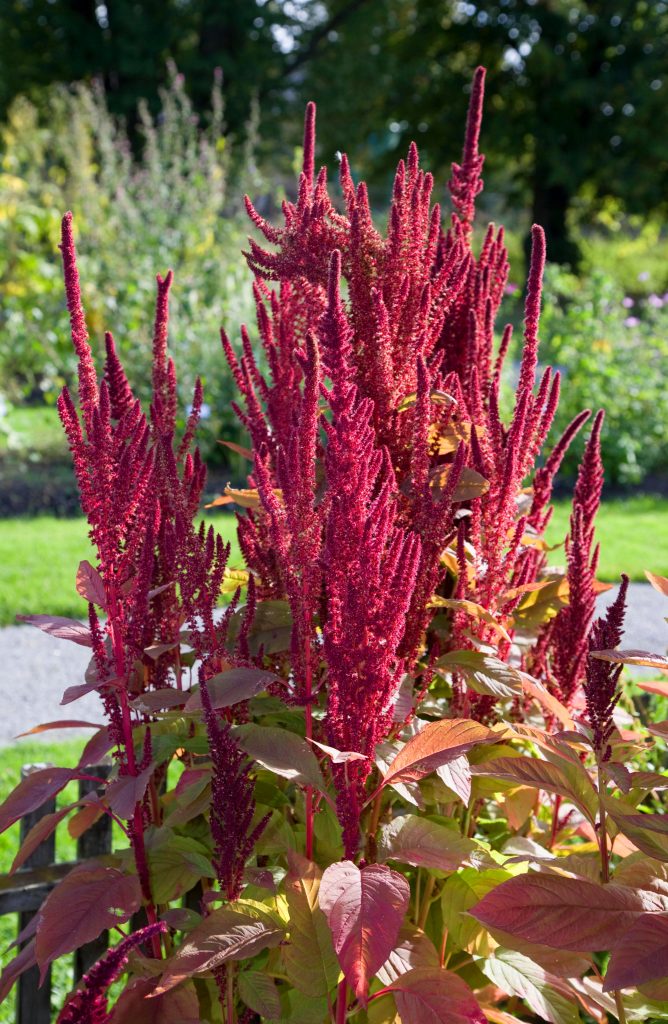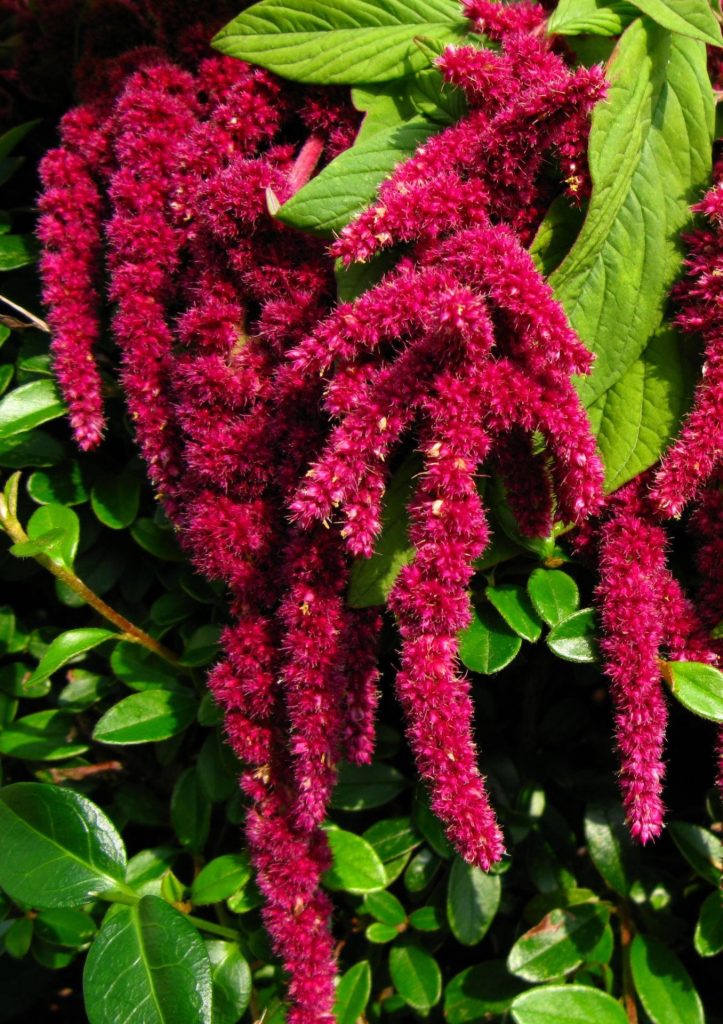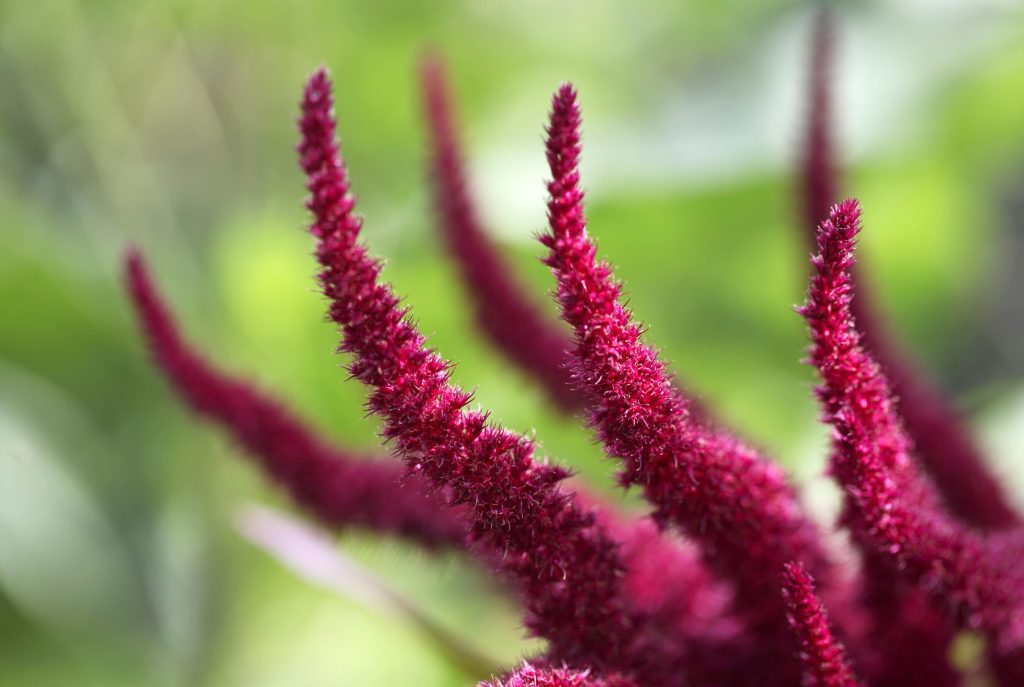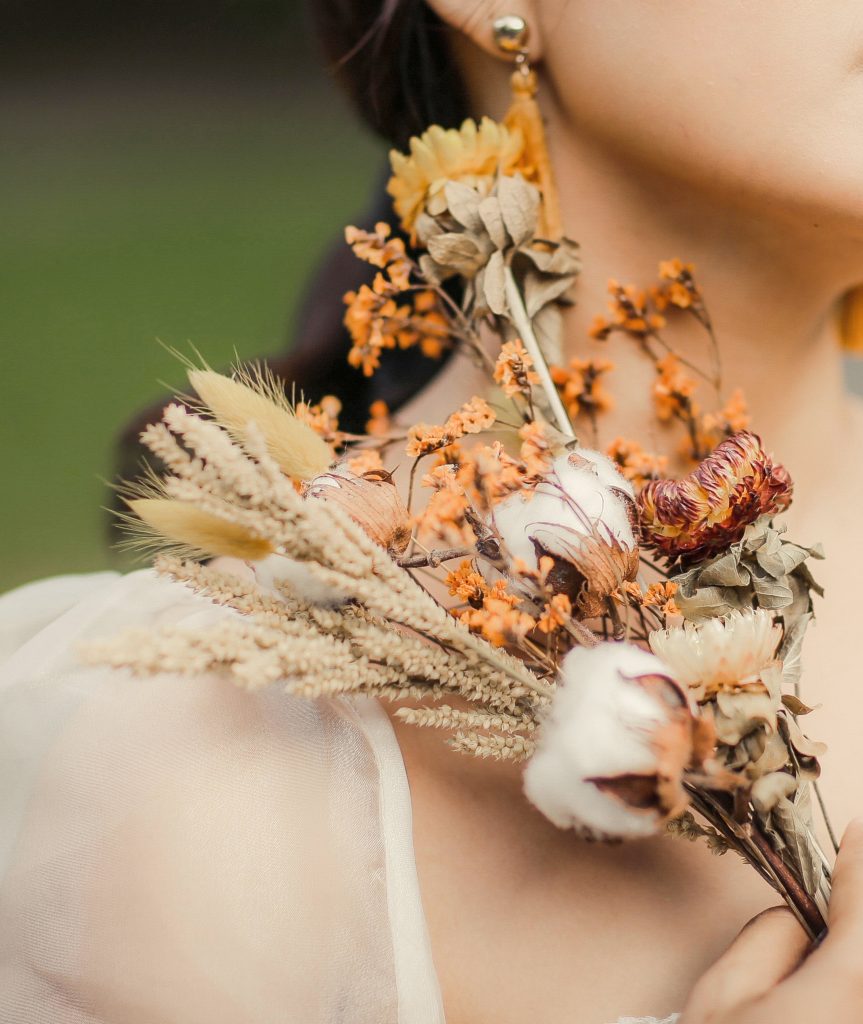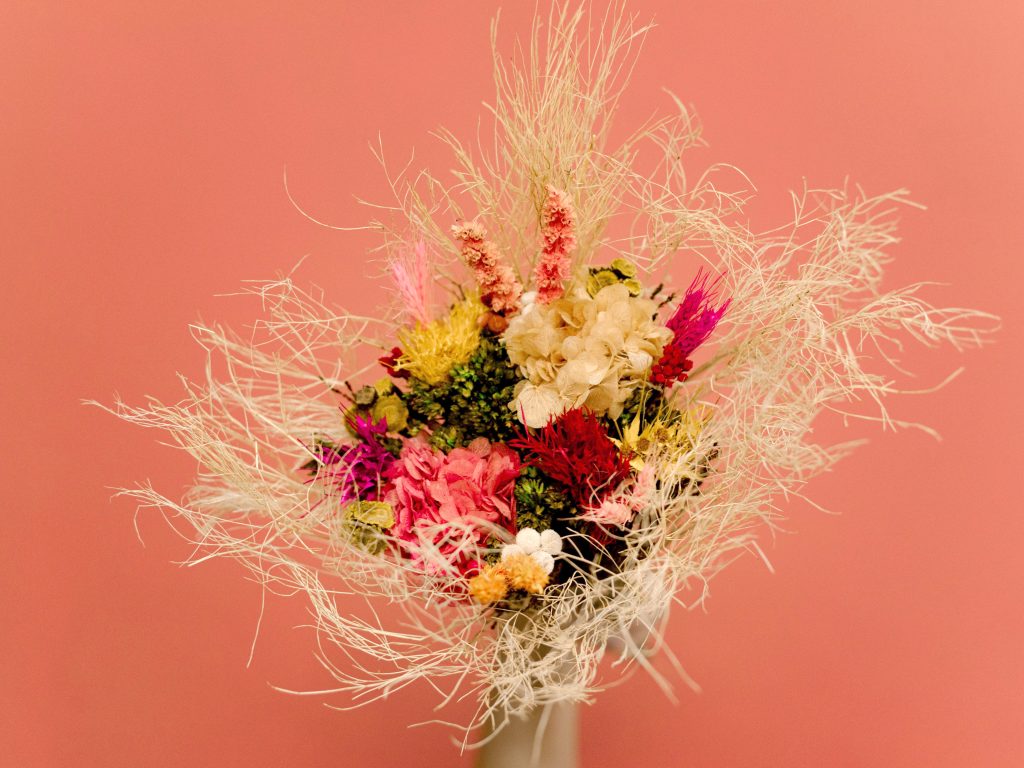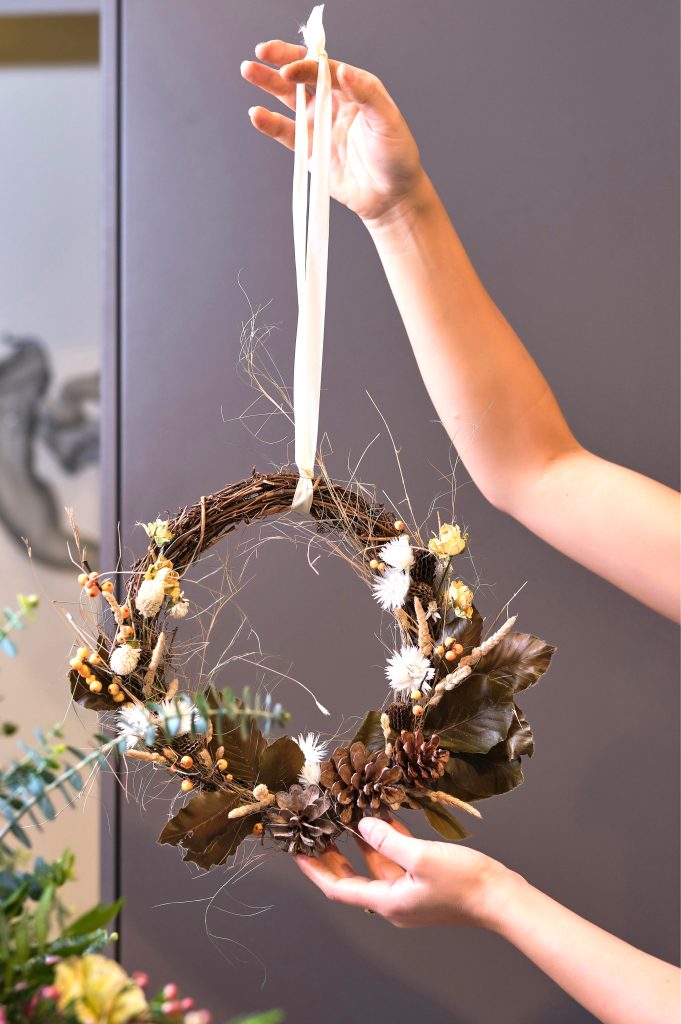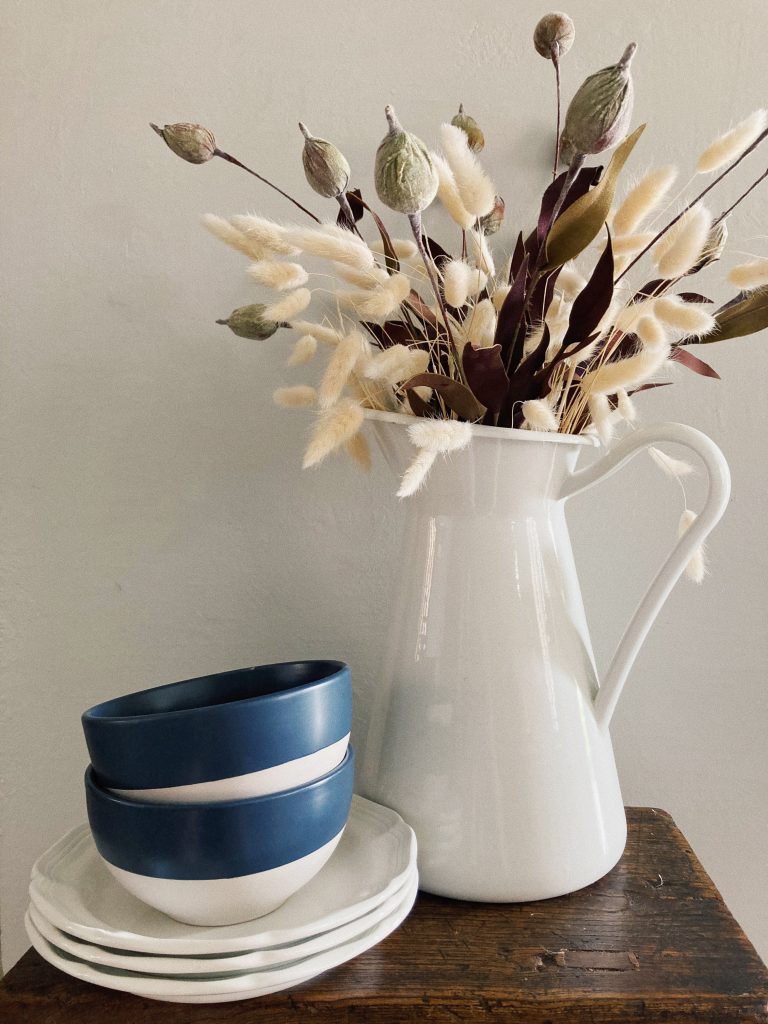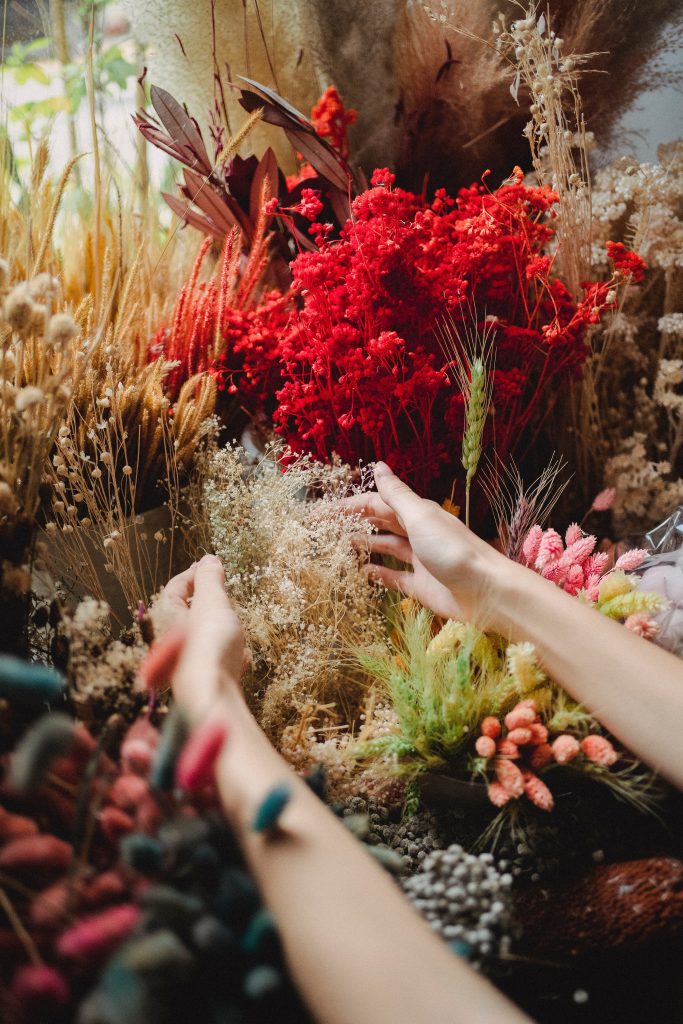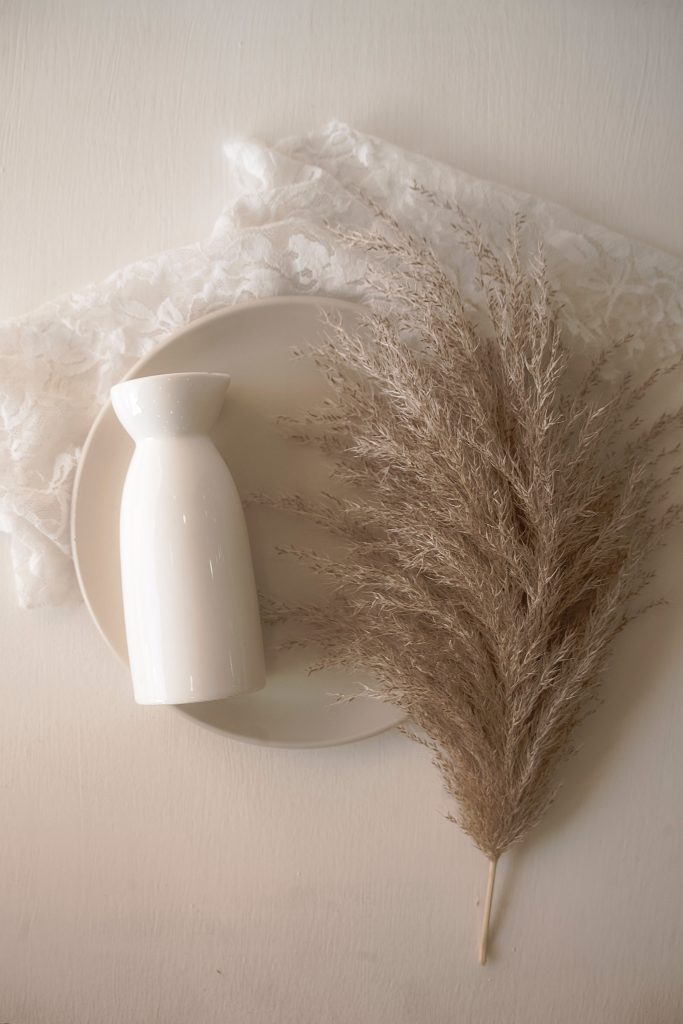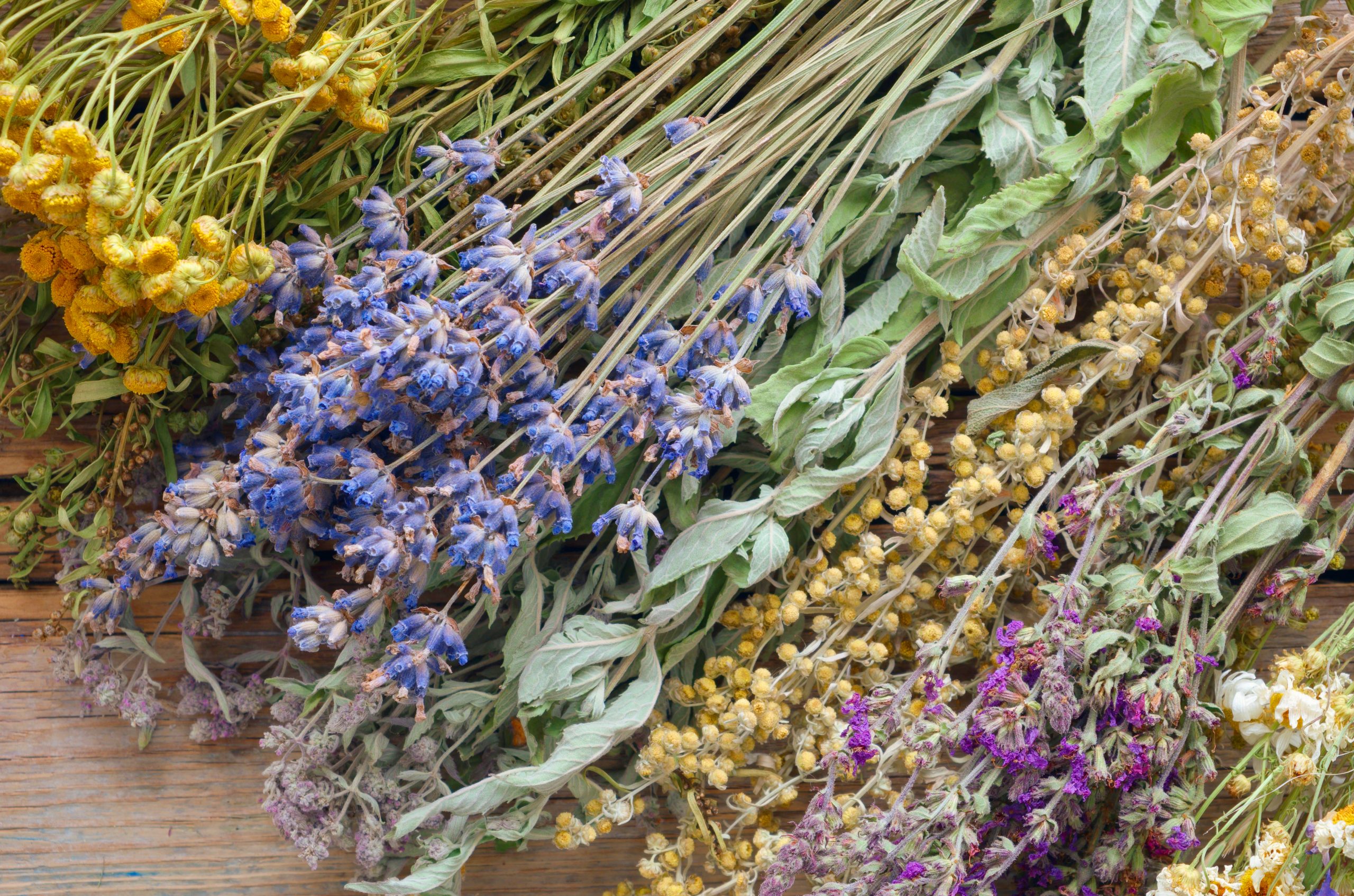
How to Dry Flowers
We all love flowers, so why not preserve them for even longer by drying them? Drying flowers is such a fun and rewarding craft, that will leave you with beautiful, long-lasting blooms that you can enjoy in every season! Not to mention, it can be a keepsake of memories that you want to last forever.
There are so many different flowers and grasses you can dry at home; the options are endless! From alliums and hydrangeas to roses, and everything in between you are sure to find something that sparks your interest when it comes to drying blooms! In this week’s blog, we are going to share our top 3 favourites for drying and teach you how to dry them yourself! Our top picks for everlasting bouquets are Lavender, Pampas, and Amaranthus, all of which look great as a statement piece on their own or incorporated into dried bouquets.
Lavender – Lavandula
Not only is Lavender a gorgeous and fragrant bloom in the garden, but this herb also makes a perfect dried flower, that you can enjoy in your home. This is one of our favourite blooms to dry, it is so easy, and adds beautiful fragrance and colour to your home! Our favorite perennial varieties of lavender are hardy to zone 4 and include the shorter English type Lavandula Hidcote, growing to 35 cm (14”) tall, and the French type Lavandula Grosso, which grows to 60 cm (24”). Whichever varieties you choose – the process of drying lavender starts in the garden! Snip the stems of your lavender plant when the blooms are opening, but not yet fully open. Cut them as long as you need, you can always trim them shorter later on. It’s important to cut the stems when they haven’t opened completely. This is the time that lavender is at its best, with vibrant colours and strong fragrances. If you wait too long the blooms become dry and are more likely to fall off. Another tip is to cut stems when it’s dry outside! You don’t want to cut them after a rainfall, as there is a higher chance of mold and mildew within the stem.
Once the lavender is cut, bundle them together with two elastic bands, one right underneath the heads of the flowers and one at the bottom of the stems. After that, hang the bundles upside down, in a warm and dark spot. Having them in a dark spot will help keep the colour of the blooms. Let them dry for about 7-10 days, and voila your dried lavender is complete! Now you can let your creativity fly, and use them in your home, and add beauty & fragrance!
Pampas Grass – Cortaderia selloana
Dried Pampas grass is all the rage right now! With huge plumes, it makes a statement in any room in your home, by adding texture and softness. The most popular varieties of Pampas grass (Cortaderia selloana) are Rosea and White, they both grow to towering heights of 3 m (10 ft) and are hardy to zone 8. The first step to drying pampas grass is cutting the grass. Cut as many reeds as you like, and keep in mind where you may use them after they’re dried, so you can cut them to the correct length. Don’t worry if they’re too long, you can always trim them down later!
Once you’ve cut what you need, bundle the stems together with a rubber band, or string. Make multiple bouquets with 3 or 4 stems each, or dry single stems, all depending on what you want your final product to look like. Hang the stems upside down in a spot that is warm and has good air circulation. Hanging them upside down will help keep the natural shape and colour of the pampas grass. Keep them upside down and dry for about 2-3 weeks.
When the pampas are dry, gently fluff the plumes with your fingers, and shake out any of the loose plumage. Be careful not to shake too vigorously, as you want to maintain the shape of the plumes. Once you’re happy with the state of your plume, spray them all over with hairspray. Spraying the plumes will help preserve them and prevent any shedding that may happen when moving them around your home.
Amaranthus
Amaranthus is such a fun, and unique flower and it adds so much texture to the garden. A great way to keep enjoying your Amaranthus all year, is by drying it! They make great dried flowers and are perfect additions to your everlasting bouquets. We grow Amaranthus as annuals from seeds as they are not winter hardy in most regions of Canada. Our must-haves for Amaranthus are the trailing Love Lies Bleeding (Amaranthus caudatus) and upright pluming Amaranthus Red Spike, they both grow from 90-120 cm (3-4ft) tall.
Start by selecting stems that have the blooms fully open and the seeds are starting to set. You can harvest the main flowers and allow the side flowers to grow. The next step is to remove any of the leaves. The blooms are the showpiece, and the dried leaves will shatter when you start to work with them, so by removing them now it will allow the stems to dry evenly. Bundle the stems into small clusters or you can dry each stem on its own. For the upright varieties hang the stems upside down so the plumes can maintain their shape. When it comes to the trailing flower types, try draping the long tassels of blooms over bottles or boxes to add some curves. To keep the deep colours of the blooms place them in a dark, warm, well-ventilated area to dry for 2-3 weeks. Check on them each week to see their drying progress. Once the blooms are fully dry, they are ready to work with.
Get the best of both worlds, by growing these gorgeous blooms in your garden, and then dry them for long-lasting beauty in your home! Don’t worry if you missed harvesting your blooms this season! Many garden centres, and flower shops have dried flowers available too. Scroll through your favourite Instagram profiles, and Pinterest boards, and find some amazing inspiration to create wreaths, everlasting arrangements, soaps, candles, and more! We can’t wait to see what you’ve created! Share with us on Instagram @FlorissaGarden



